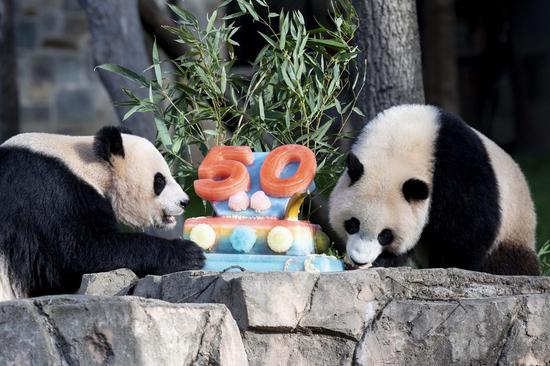
Giant panda cub "Xiao Qi Ji" (R) and its mother "Mei Xiang" enjoy an ice cake at Smithsonian's National Zoo in Washington, D.C., the United States, April 16, 2022. (Xinhua/Liu Jie)
Male giant panda cub Xiao Qi Ji went to great lengths to climb onto the back of his mother, Mei Xiang, only to fall down cutely before both of them were drawn to an ice cake made of their favorite treats, including sugar cane, carrots, apples and bamboo.
The "eating shows" on Saturday morning, part of the Smithsonian's National Zoo's "Pandaversary" party, were quite enjoyed by visitors of all age groups. At least 18,000 people were said to have registered to visit the zoo in northwest Washington, D.C. during the day.
"We are celebrating 50 years of giant pandas at the National Zoo and the incredible partnership and conservation success story that we have made over the years," Director of the zoo Brandie Smith told Xinhua at the scene. "The best part about working with giant pandas is that we do work so closely with our colleagues in China."
While watching the giant pandas having fun in their outdoor yards, "Pandaversary" partygoers also had the opportunity to taste giant panda-shaped "Baozi" buns, try Chinese calligraphy, and watch lion dance performances and the world premiere of the Smithsonian Channel's documentary "The Miracle Panda" at the zoo.
With a giant panda ears headband, Kirsten of Washington, D.C. told Xinhua that she got up very early to make sure she could see the adorable animals eat the fruitsicles on "a very important day for me and for the pandas in the zoo" and that she was "having a great time."
Chinese Ambassador to the United States Qin Gang and members of the embassy also attended the event. Speaking to reporters, Qin said that over the past 50 years, China and the United States have achieved a lot in giant panda conservation, and that giant pandas are not an "endangered" species any more.
In February 1972, Richard Nixon became the first U.S. president to visit the People's Republic of China since its founding in 1949. During the groundbreaking trip, his wife, Patricia Nixon, mentioned her fondness for giant pandas to then-Chinese Premier Zhou Enlai, who later gifted two of the Chinese "national treasures" to the American people as a gesture of goodwill. The U.S. government reciprocated by sending a pair of Alaskan musk oxen to China.
The Nixons selected the Smithsonian's National Zoo as female Ling-Ling and male Hsing-Hsing's home in the United States. The giant panda couple arrived in Washington, D.C. on April 16, 1972.
Days later, Patricia Nixon, wearing a giant panda pin, formally welcomed the precious gift from China and declared that "I think 'panda-monium' is going to break out at the zoo."
"This became quite an event, not because of Mrs. Nixon's presence but because of the pandas which were a great novelty," Chas Freeman, the U.S. State Department escort officer for the Chinese delegation that brought the giant pandas to the U.S. capital and the interpreter at Mrs. Nixon's acceptance of them at the zoo, told Xinhua during a virtual interview.
"Everyone who sees pandas reacts the same way. They are cute. They are lovable. They don't seem at all dangerous," Freeman, also an interpreter for the Nixon delegation during the 1972 China visit, said of giant pandas. "You probably want to hug them and they were very exotic and this was a symbol of a new start in U.S.-China relations."
Mrs. Nixon's prediction turned out to be right. The public debut of Ling-Ling and Hsing-Hsing alone drew 20,000 visitors. The following Sunday, 75,000 people thronged the zoo and waited in a line to catch a glimpse of them. The pair of giant pandas were the top attractions at the zoo until they passed away separately in the 1990s.
Mei Xiang and Tian Tian came to Washington in December 2000 and went on to become new "rock stars" of the renowned zoo, bringing great happiness and joy alongside their cubs to not only in-person visitors but also fans from around the world via the Giant Panda Cams, which are said to have been viewed more than 100 million times.
Ever since giant pandas came to the zoo, the icon species has symbolized cross-cultural collaboration between the United States and China.
With giant pandas, the zoo has been given an unparalleled opportunity to study the animal's behavior, health, reproduction and ecology. The decades-old partnership has also allowed American animal care staff and scientists to learn about and study giant panda breeding and cub development, as well as their native habitat.
In return, the zoo's breeding, veterinary and ecological research has provided critical data and valuable insights for the conservation of wild populations. Smithsonian scientists also created a framework on how giant pandas are bred to improve breeding success and genetic diversity, which has also been used by zoos across the globe for other animals.
Smith also revealed the zoo has been speaking with colleagues in China about a further extension of their giant panda cooperative research and breeding agreement, which has been renewed three times since 2000. The current research agreement extension was signed in December 2020 and stipulates giant pandas may live at the zoo into December 2023.
"Very positive talks. Our interactions are very positive," she added. "I believe we all are very interested in making sure this program continues for another 50 years."
When working together, China and the United States can get things done, Ambassador Qin said. "We have the wisdom and courage to maintain cooperation and deliver results, not only in giant panda conservation, but in many other areas, to the benefit of the people of both countries and the world."








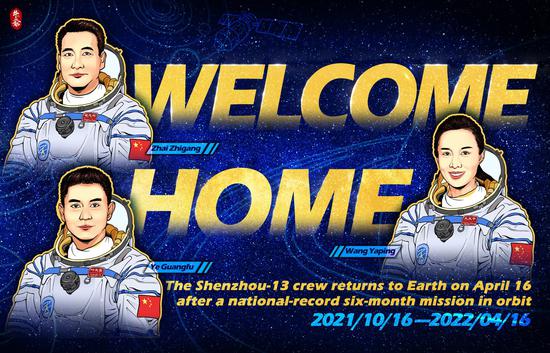
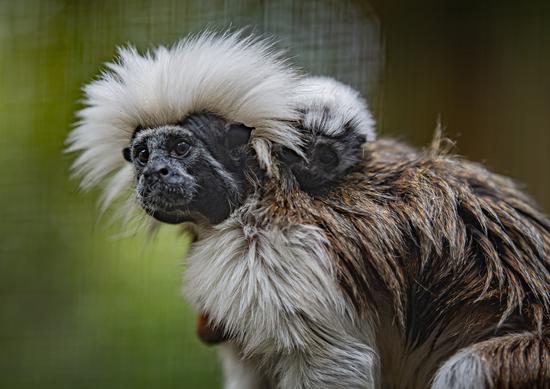


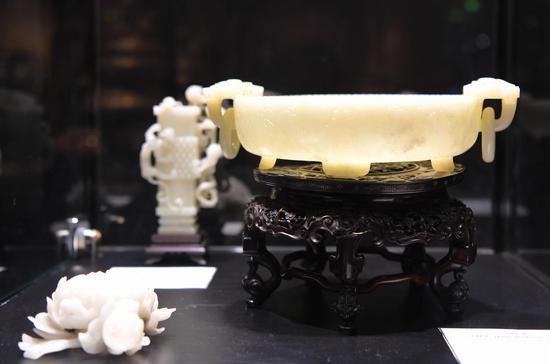



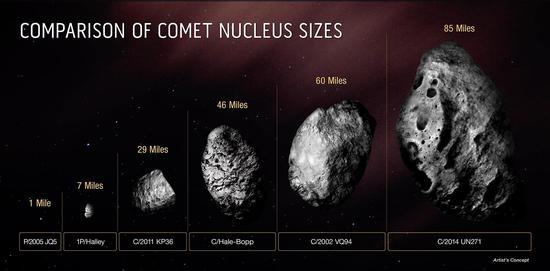

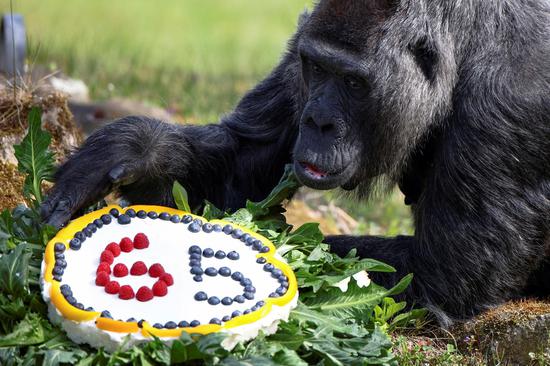
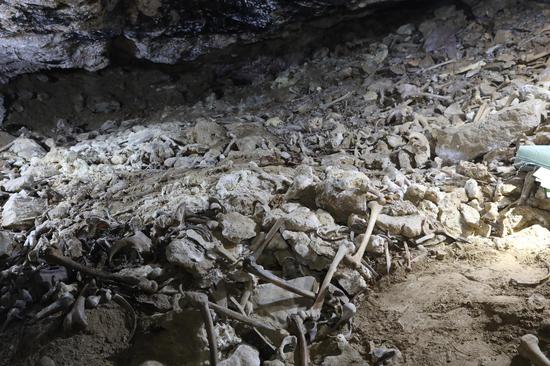

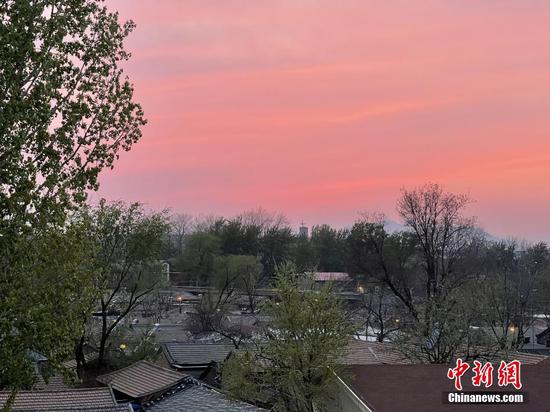

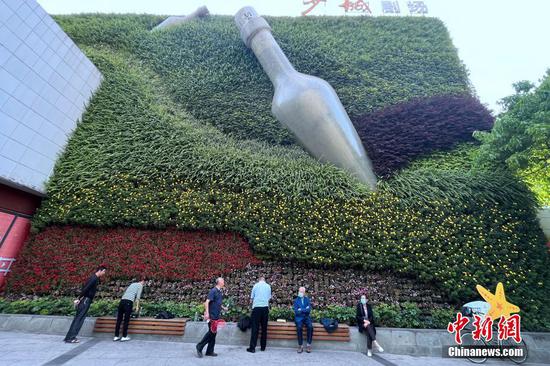





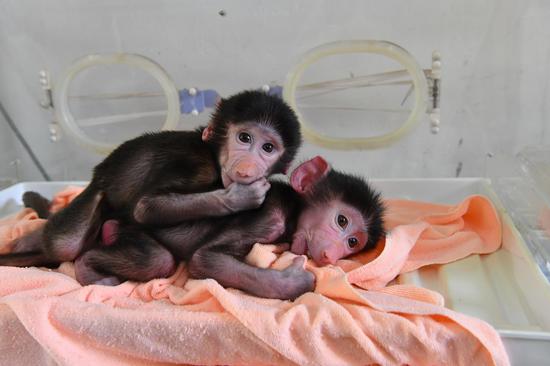
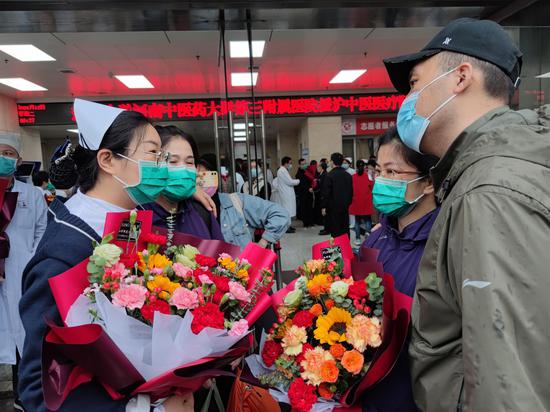
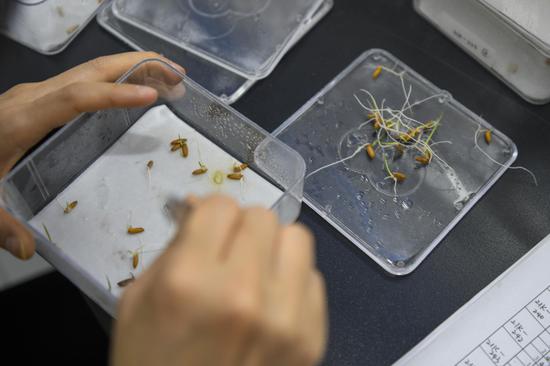









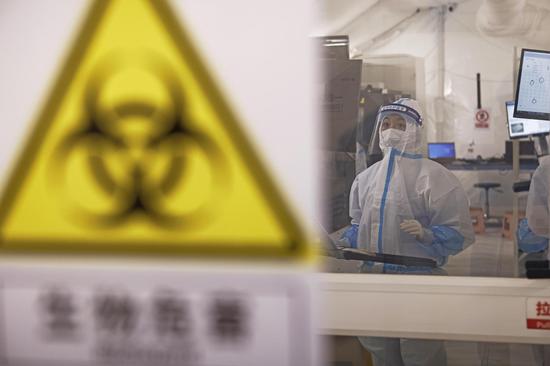
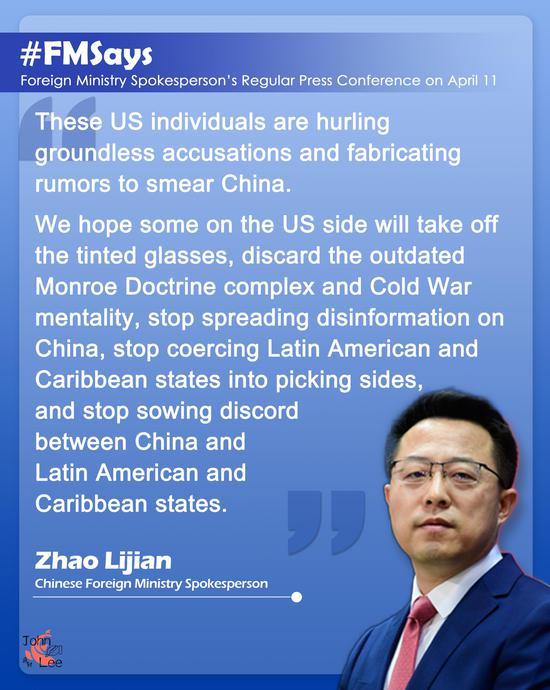
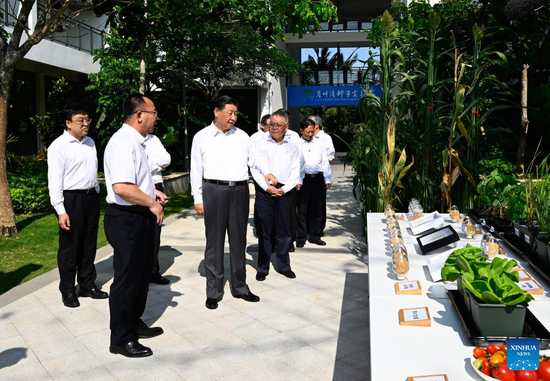






 京公网安备 11010202009201号
京公网安备 11010202009201号